For any company that relies on film slitting for production, reliability is not one of the many advantages, but a prerequisite and foundation for the existence of equipment.
Below, we delve into why superior reliability is the lifeblood of film slitting machines and how it manifests at various levels of equipment.
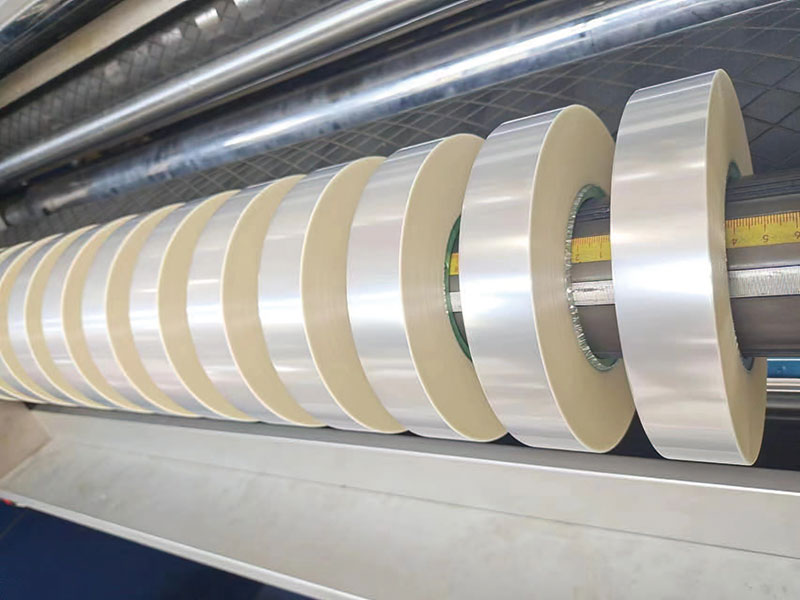
First, why is reliability the "foundation"?
In the field of film slitting, once the equipment is "lying down", the entire production chain will come to a standstill. The impact goes far beyond the repair itself:
1. Ensuring production continuity: Film production lines are often continuous operations, and slitting is the final critical process. Unreliable slitting opportunities become production bottlenecks, leading to the accumulation of finished products in the previous processes (e.g., casting, drawing) or forced downtime, resulting in huge capacity waste.
2. The Core of Cost Control:
◦ Reduce downtime losses: Downtime is a loss. Reliable equipment minimizes unplanned downtime and directly improves overall equipment effectiveness (OEE).
◦ Reduced maintenance costs: High reliability means fewer unexpected breakdowns, lower frequency of spare parts replacements, and less manual intervention, significantly reducing maintenance costs throughout the life cycle.
3. The cornerstone of stable quality: A slitting machine with unstable operation cannot guarantee the continuous stability of slitting quality. It will bring problems such as uneven winding, tension fluctuations, and frizz on the cutting edges, leading to an increase in scrap rates (A-grade rate decline), which directly damages economic efficiency and customer reputation.
4. Source of safety and confidence: Reliable equipment means fewer unexpected risks and a more stable operating environment, providing operators with a sense of security and production managers with the confidence to plan calmly and deliver on time.
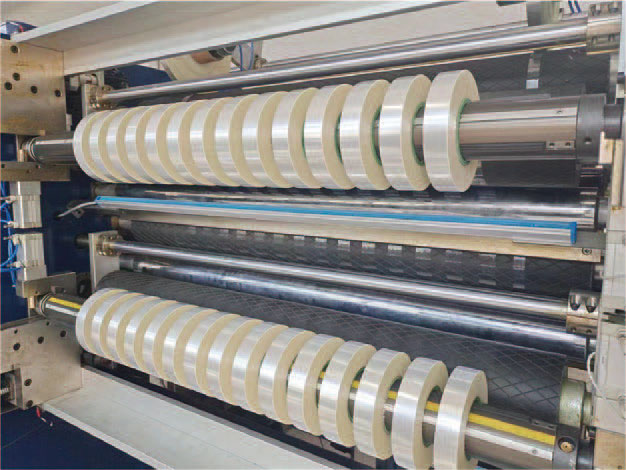
Second, where does excellent reliability come from? ——Three pillars
The reliability of film slitting machines doesn't come in a vacuum, it's built on three pillars:
Pillar 1: Rock-solid mechanical structure and precision manufacturing
This is the physical basis of reliability.
• High-strength frame: Designed with high-quality steel and reasonable mechanical structure, it ensures that the equipment does not deform or shake under long-term high-speed operation and high-tension conditions, providing a stable "working platform" for all precision components.
• Quality of core components:
◦ Spindle and bearing: High-precision, heavy-duty bearings and specially treated spindles are used to ensure low vibration and low thermal deformation during long-term operation.
◦ Slide seat and guide rail: Precision-ground guide rail and highly rigid slide seat ensure absolute stability and smooth movement of the blade during the slitting process, avoiding scratching the film.
• Dynamic balancing treatment: All high-speed rotating components such as rewinding and unwinding rollers are strictly balanced to eliminate vibration at the source, which is key to ensuring high-speed operation stability and bearing life.
Pillar 2: Precise and stable control system and actuator
This is the "nerve center" and "muscle" of reliability.
• Tension Control System: This is the soul of the slitting machine. A superior tension control system, often with fully automated closed-loop control, must be able to:
◦ Smooth transition: Minimal tension fluctuations during acceleration, deceleration, uniform speed, and rewinding.
◦ Adaptable to a wide range of materials: Film of different thicknesses, widths, and materials can be precisely controlled.
◦ Strong anti-interference ability: not affected by voltage fluctuations, ambient temperature changes and other factors.
• Drive system: The branding, selection, and matching of servo motors and drives are crucial. They need to provide smooth torque output and fast response, ensuring perfect synergy between speed and tension.
• Man-machine interface and PLC: The system logic is clear, easy to operate, and the fault diagnosis information is clear, which can help operators quickly locate and solve problems.
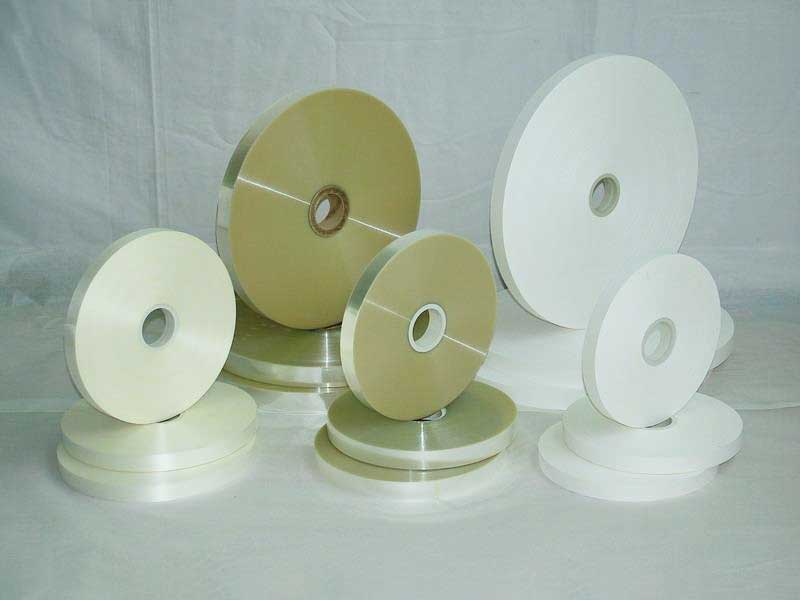
Pillar 3: Human-centered design philosophy and continuous support
This is an extension of reliability in time and space.
• Easy maintenance: reasonable equipment layout for easy access to critical maintenance points (such as bearings, cutters, transmission belts); The modular design allows for quick and easy component changeovers.
• Protection and durability: Dust and moisture proof treatment of electrical components and precision sensors; Provides adequate lubrication and protection for mechanical moving parts.
• Professional technical support and service: Even the most reliable equipment needs maintenance. Whether the supplier can provide timely and professional technical support, spare parts supply and regular maintenance services is the "after-sales foundation" to ensure the long-term reliable operation of the equipment.
conclusion
Defining the foundation of a film slitting machine as "superior reliability" is a reflection of a deep insight into the industry's needs. It is not a marketing slogan, but a rigorous commitment that runs through every link of design, material selection, manufacturing, commissioning and service.
For users, choosing a film slitting machine with excellent reliability means:
• Lower combined cost was chosen
• Higher product quality has been selected
• A more stable production schedule has been chosen
• Opted for a longer return on investment
Therefore, when evaluating a film slitting machine, it is important not to focus only on its maximum speed or the latest features, but also on how it achieves and guarantees reliability. Does this machine have a proven design that has been proven over time? Are the core components from top suppliers? Is the control system accurate and stable? Is the after-sales service timely and reliable? Together, the answers to these questions constitute the true meaning of "excellent reliability" and are the key to determining whether this equipment can be a solid foundation on your production line.




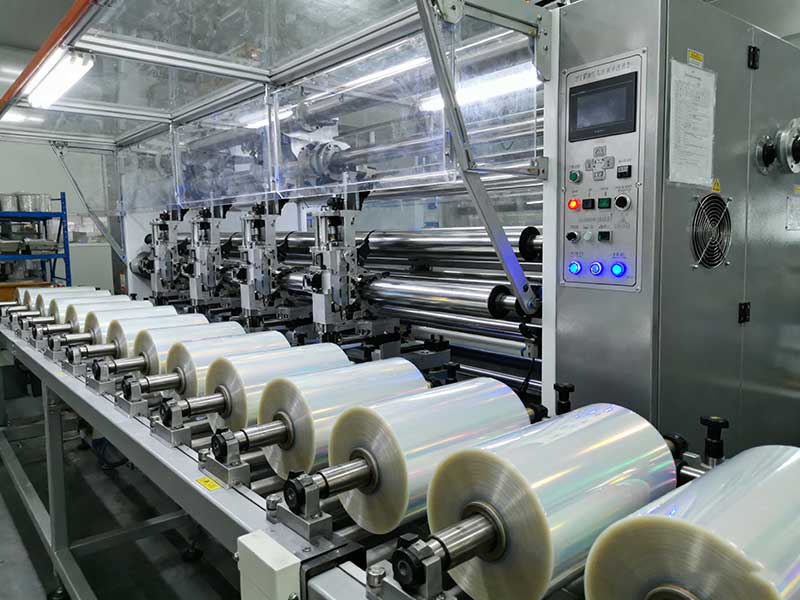
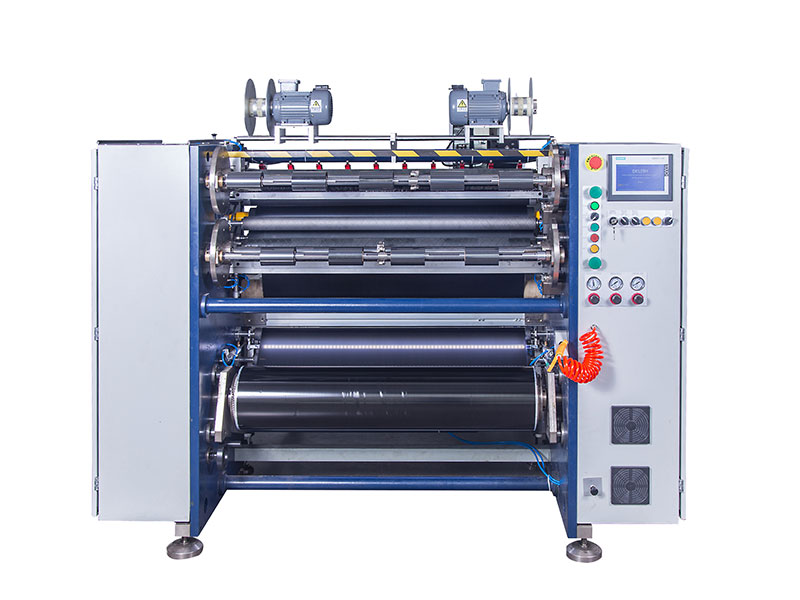 Ribbon Slitting Machine
Ribbon Slitting Machine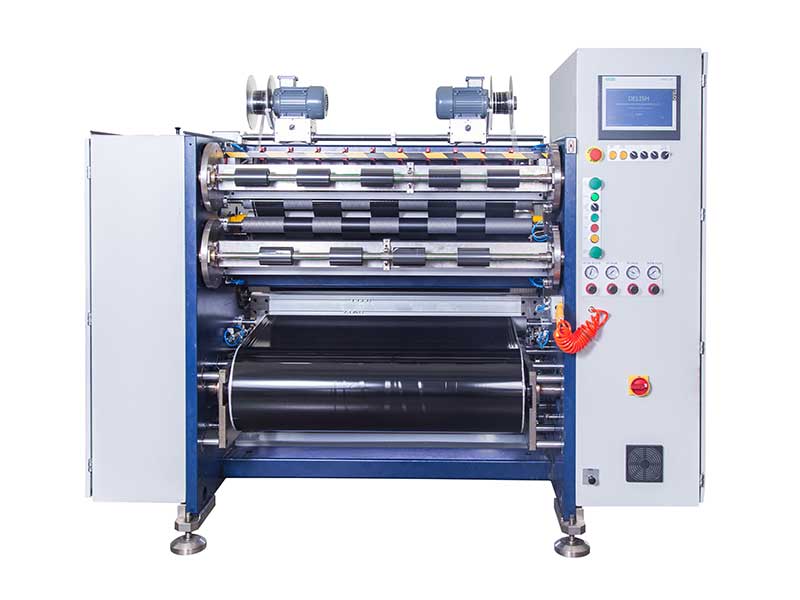 Barcode Ribbon Slitting Machine
Barcode Ribbon Slitting Machine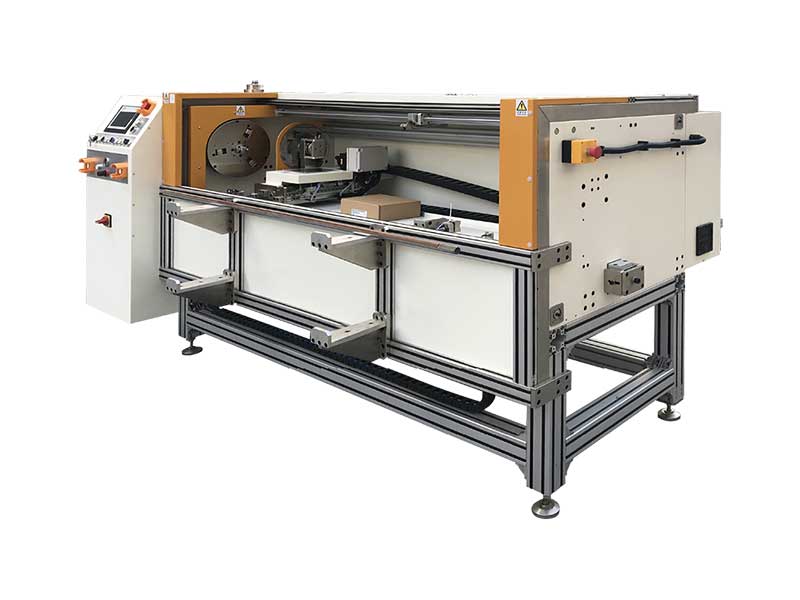 Automatic Foil Roll Cutter
Automatic Foil Roll Cutter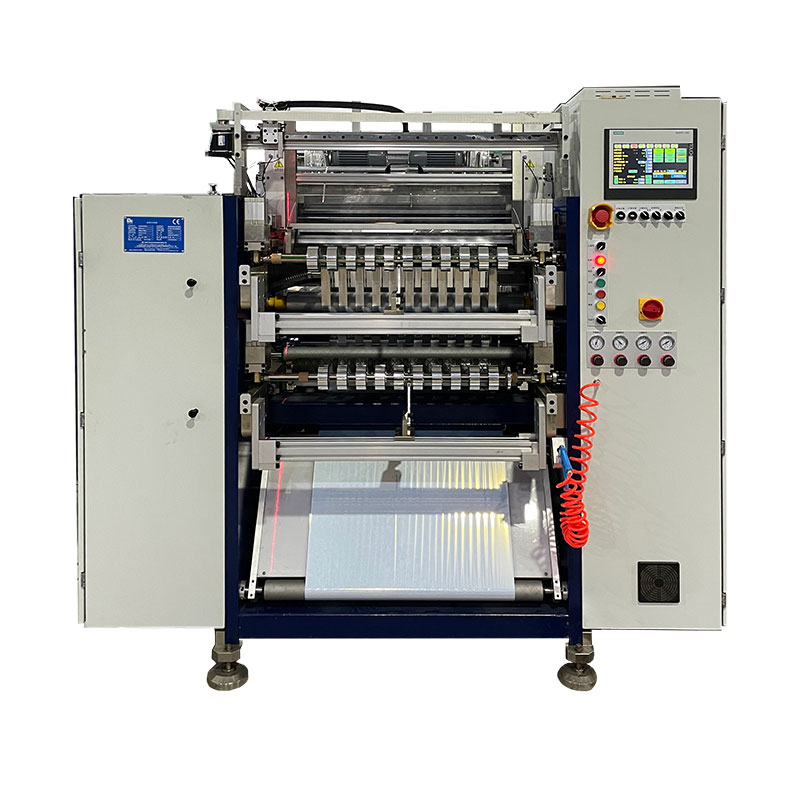 Film And Paper Slitter RSDS 750MM(S)
Film And Paper Slitter RSDS 750MM(S)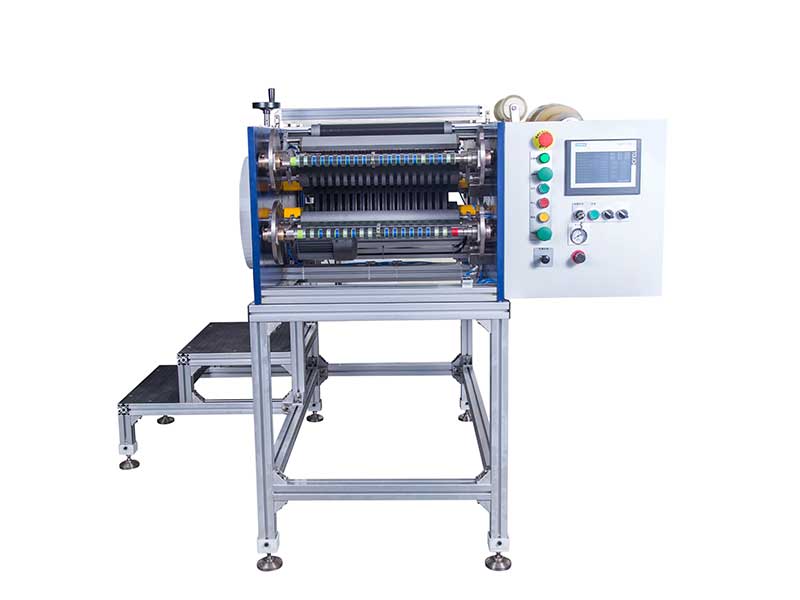 Mini Slitter 450S
Mini Slitter 450S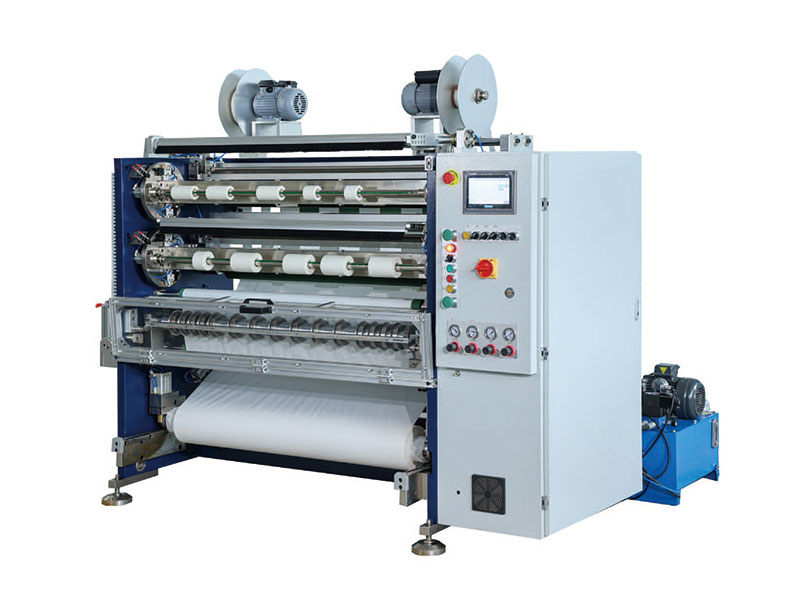 Single Side Adhesive Slitter
Single Side Adhesive Slitter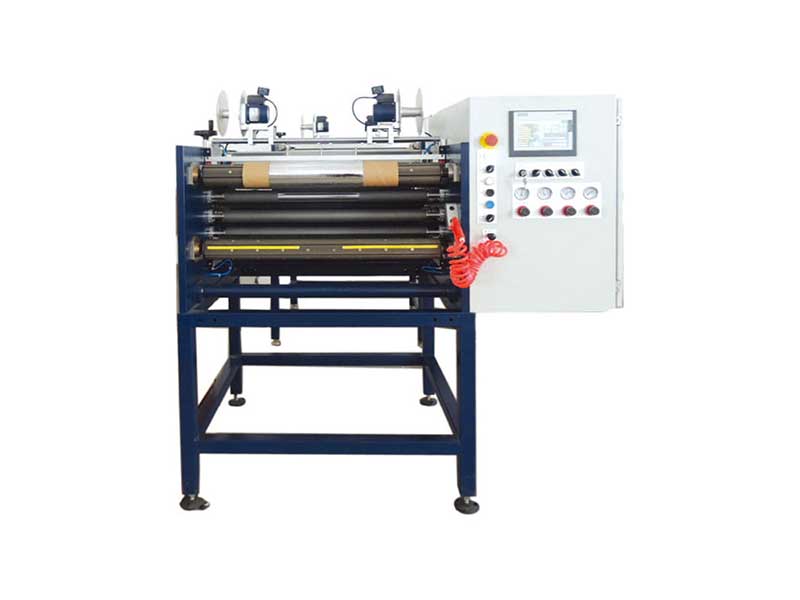 Film And Paper Slitter RSDS 750MM
Film And Paper Slitter RSDS 750MM





